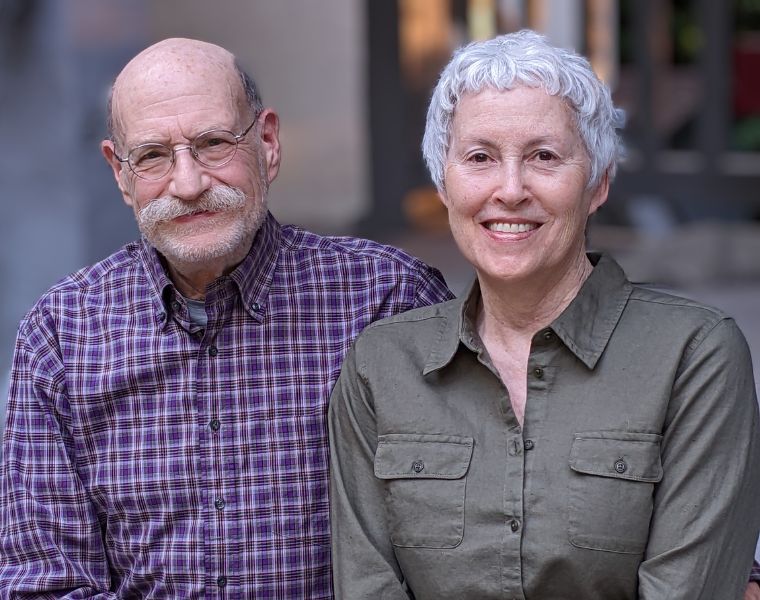When Larry and Sally Sears provided the initial support to launch Case Western Reserve University’s hands-on innovation center, they imagined a collaborative space where big ideas could become reality. Since its opening in 2012, the Larry Sears and Sally Zlotnick Sears think[box], a 50,000-square-foot makerspace, has welcomed tens of thousands of visitors from across the campus and community each year.
Now, the alumni couple has committed $1 million to support another collaborative space: the 189,000-square-foot Interdisciplinary Science and Engineering Building (ISEB).
A century bond the university issued in 2022 will allow the gift to be fully matched, increasing the couple’s impact to $2 million. Together, they have invested more than $18 million in Case Western Reserve.
“We are tremendously grateful to Larry and Sally for their continued generosity and their support for the ISEB,” said Case Western Reserve University President Eric. W. Kaler. “Larry always has been forward thinking in his support for the university and is committed to ensuring that Case Western Reserve University is the best research and education institution that it can be.”
Recalling his own experiences as a student, an alumnus, an adjunct lecturer and eventually a university trustee, Larry Sears (CIT ’69) said the campus transformation over the last 50 years has been extraordinary, but the promise of the ISEB positions the university to embrace the future.
“The idea of collaboration has become so important,” Sears said. “By doing collaborative work across diverse technologies, the sum of the parts is greater than what we could have accomplished within one discipline.”
This emphasis on collaboration and interdisciplinary work is also attractive to many of the organizations that provide funding for research and innovative projects. “I think the ISEB will make a big difference,” Sears continued. “It’s definitely sending the message that our research and engineering is broadly based.
“It’s interesting to me how the nature of research has changed. If you look at biomedical engineering and the way it incorporates materials and electrical engineering along with robotics and computers—all different areas which didn’t collaborate 50 years ago—you see why the ISEB and this collaborative space upgrade is so vital.”
When complete, the five-story building will integrate open common areas with flexible research space—creating unique settings designed to spur innovation. And, the ISEB’s welcoming exterior will open sightlines to the Case Quad from Martin Luther King Boulevard.
Sally Sears (FSM ’72, LYS ’74) sees it as another opportunity for Case Western Reserve to fulfill its mission: “When I think about think[box] and what it has done for the university and the city, I see the ISEB as a continuation of that—of people getting together, collaborating and thinking as a team.”


